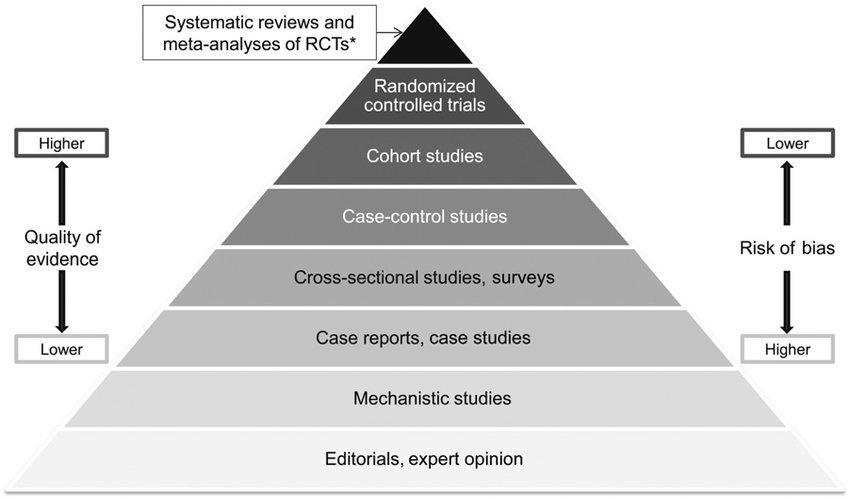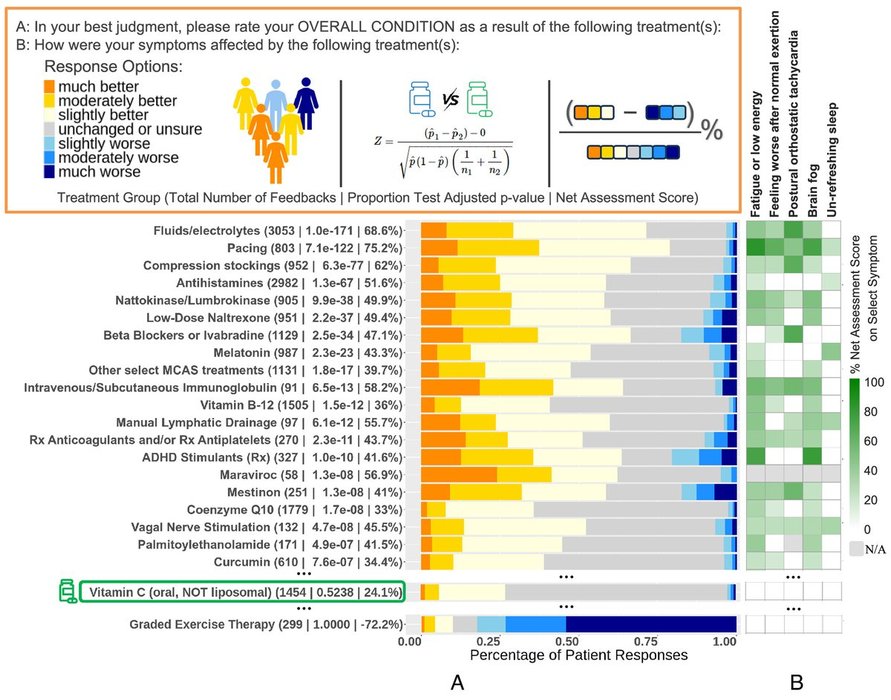
Not only that...but at least have a basic understanding of the hierarchy of evidence.
e.g. - a meta analyses of RCTs (randomized control trials in humans) is more persuasive than something like cell culture studies which investigate mechanisms. https://t.co/ecDhTwCx2p
